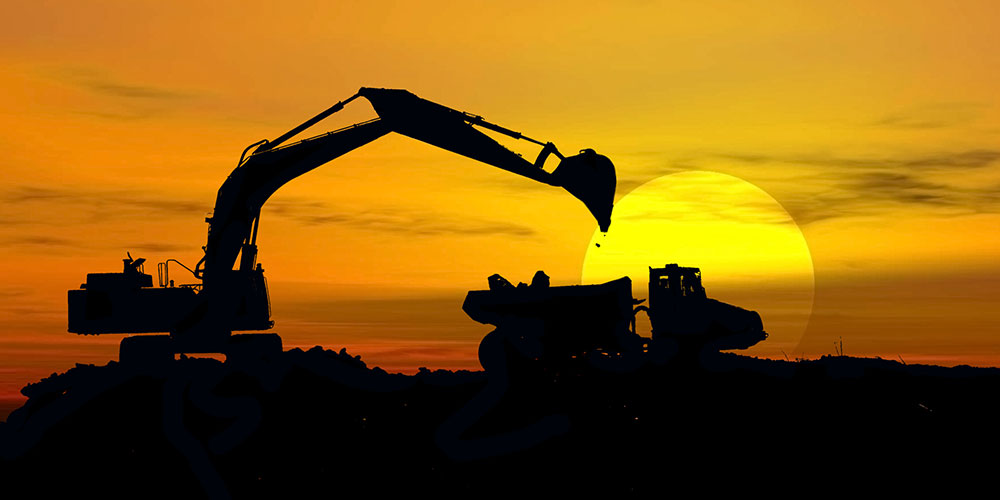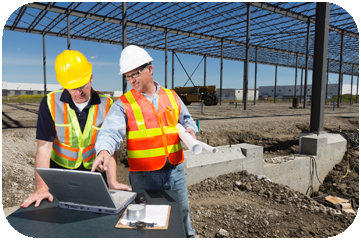Project Geotechnical Engineer for Tailored Website Analyses
Wiki Article
Just How Consulting Engineers Enhance Geotechnical Engineering Projects: Insights Into Their Know-how, Methodologies, and Collaborative Approaches
Consulting engineers are essential in enhancing geotechnical design tasks, using their specialized knowledge to browse the complexities of subsurface conditions. Their methods include a series of site investigation strategies, including Criterion Penetration Examinations (SPT) and Cone Penetration Tests (CPT), which inform important decisions throughout the design and building and construction phases. Furthermore, their joint approaches foster interaction amongst varied task stakeholders, ultimately shaping the task's trajectory. As we take a look at the complex functions these professionals play, it comes to be clear that their contributions extend past technological expertise, prompting a closer consider the ramifications for job success.Role of Consulting Engineers
The know-how of getting in touch with designers in geotechnical design is basic to the successful execution of construction tasks. These specialists play a pivotal role in assessing soil and rock properties, which are essential elements affecting layout and construction decisions. By performing thorough website examinations, getting in touch with engineers gather crucial information that informs the design procedure, guaranteeing projects are developed on secure and suitable ground.Consulting designers likewise supply vital understandings into danger management (geotechnical geologist). They recognize potential geotechnical risks, such as landslides, soil liquefaction, and negotiation concerns, enabling stakeholders to execute reliable reduction techniques. Their knowledge aids in maximizing structure designs, which can bring about considerable expense savings and boosted safety and security
Furthermore, speaking with engineers act as an important link between task owners, designers, and contractors. Their ability to equate complicated geotechnical data into actionable referrals fosters cooperation and assists in educated decision-making throughout the job lifecycle. This multidisciplinary method not just boosts project performance but likewise makes certain compliance with regulative criteria and finest methods.
Secret Approaches in Geotechnical Design

One key approach is website investigation, which involves performing field examinations and laboratory evaluations to collect data on subsurface problems. Strategies such as Standard Penetration Testing (SPT) and Cone Infiltration Testing (CPT) are widely made use of to assess soil stratigraphy and toughness. In addition, geophysical methods, consisting of seismic and electric resistivity studies, give non-invasive methods to assess subsurface features.
Another essential approach is mathematical modeling, which makes it possible for designers to replicate numerous circumstances and forecast just how soil-structure communications will certainly behave under various loading conditions. Finite Element Evaluation (FEA) is an usual method utilized in this context.
In addition, the design of structures, maintaining frameworks, and earthworks counts greatly on these methodologies - geotechnical geologist. By integrating advanced logical tools with area data, speaking with engineers can create tailored solutions that deal civil geotechnical engineering with specific task obstacles, ultimately adding to the stability and safety of construction tasks
Importance of Dirt Analysis
Soil evaluation works as a fundamental component in geotechnical design, offering necessary understandings into the physical and chemical residential or commercial properties of dirt needed for efficient building planning. Comprehending dirt features is crucial for identifying its load-bearing capability, drainage behavior, and potential for negotiation or instability. In-depth soil examinations, consisting of tasting and laboratory screening, aid recognize criteria such as soil kind, wetness web content, density, and shear stamina.
These evaluations notify the selection of appropriate building and construction strategies and materials, eventually influencing task security and longevity. For instance, cohesive soils might require various structure styles compared to granular dirts, necessitating tailored engineering remedies. Soil analysis aids in recognizing impurities that could present dangers to human wellness or the atmosphere, allowing for the growth of mitigation methods.
Incorporating soil analysis right into the beginning of project development aids to minimize unexpected challenges, ensuring that engineers can prepare for and address possible concerns prior to they escalate. By developing a comprehensive understanding of the website problems, speaking with designers can enhance layout effectiveness and lower prices, consequently boosting the general success of geotechnical design jobs.
Joint Techniques in Tasks
Effective geotechnical tasks typically rest on collaborative techniques that unite diverse competence from various disciplines. Reliable partnership amongst getting in touch with engineers, rock hounds, environmental scientists, and construction professionals is important for addressing complicated difficulties and maximizing job outcomes. By leveraging the special abilities and understanding of each group participant, jobs can take advantage of an all natural understanding of the website problems, regulative needs, and design restrictions.Normal interaction and interdisciplinary conferences help with the sharing of insights and promote a culture of teamwork. These joint initiatives allow the recognition of possible threats early in the task lifecycle, permitting timely reduction techniques. In addition, including comments from stakeholders, consisting of regional neighborhoods and governing companies, makes sure that all viewpoints are taken into consideration, improving task acceptance and conformity.
In addition, the integration of innovative innovations, such as Geographic Details Solution (GIS) and Structure Information Modeling (BIM), more boosts cooperation. These tools permit the real-time sharing of information and visualization of geotechnical conditions, promoting educated decision-making. Ultimately, a collective technique not only improves project implementation however also lays the foundation for ingenious solutions to complex geotechnical design challenges.
Influence On Task End Results

Consulting designers employ advanced techniques such as risk assessment and anticipating modeling, which boost the accuracy of task projections. Their capability to integrate ingenious innovations, like geotechnical instrumentation and data analytics, even more fine-tunes the layout and construction processes. Consequently, projects experience boosted performance, minimized prices, and decreased hold-ups.
In addition, cultivating efficient interaction and partnership amongst staff member enhances problem-solving capacities. When challenges develop, an unified front enables swift identification of options, protecting against prospective problems. Ultimately, the collective initiatives of speaking with designers add to greater high quality end results, ensuring that jobs fulfill both regulatory criteria and customer assumptions.
Verdict

Report this wiki page